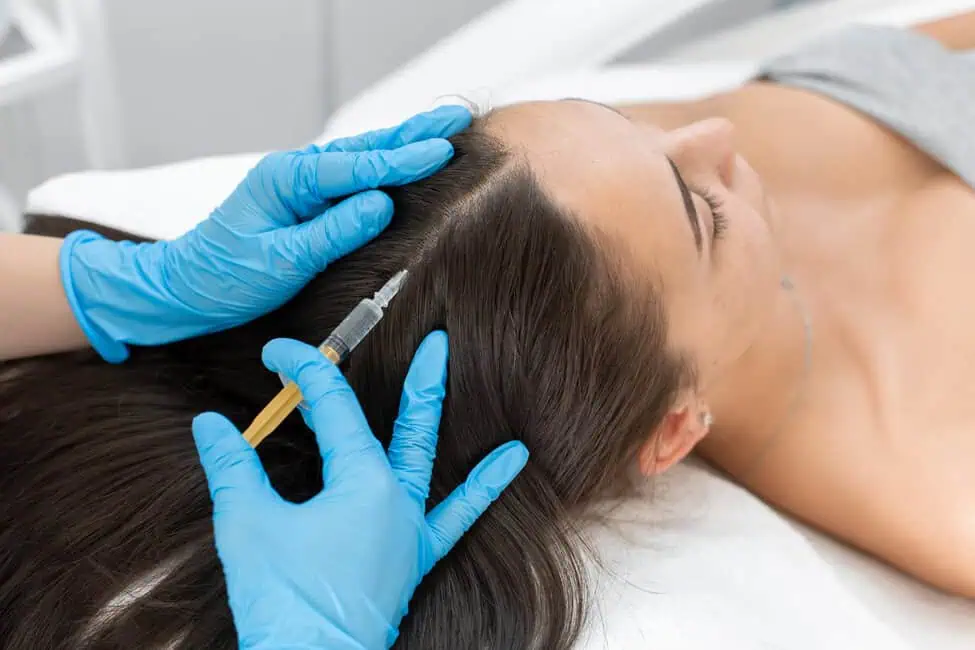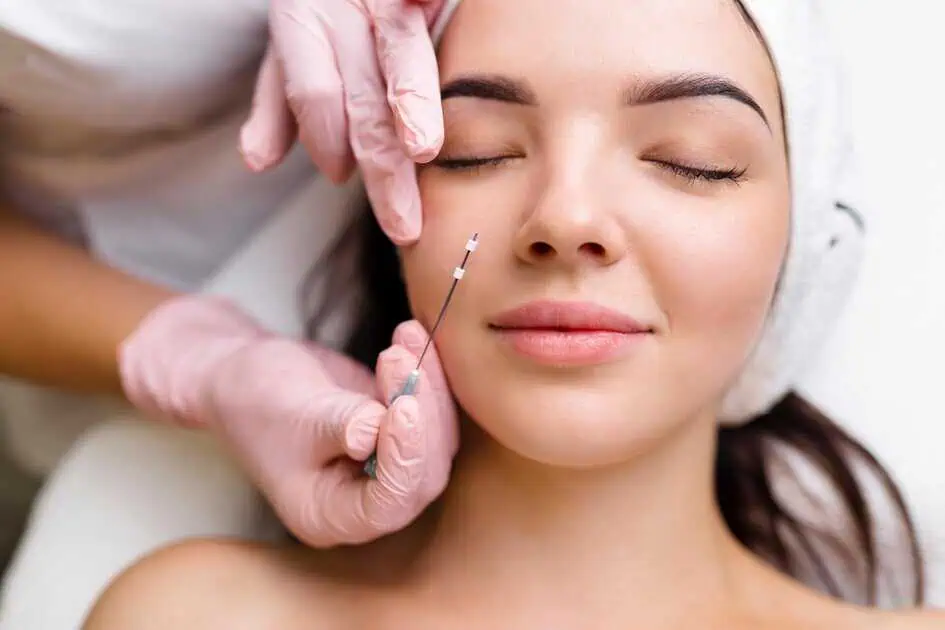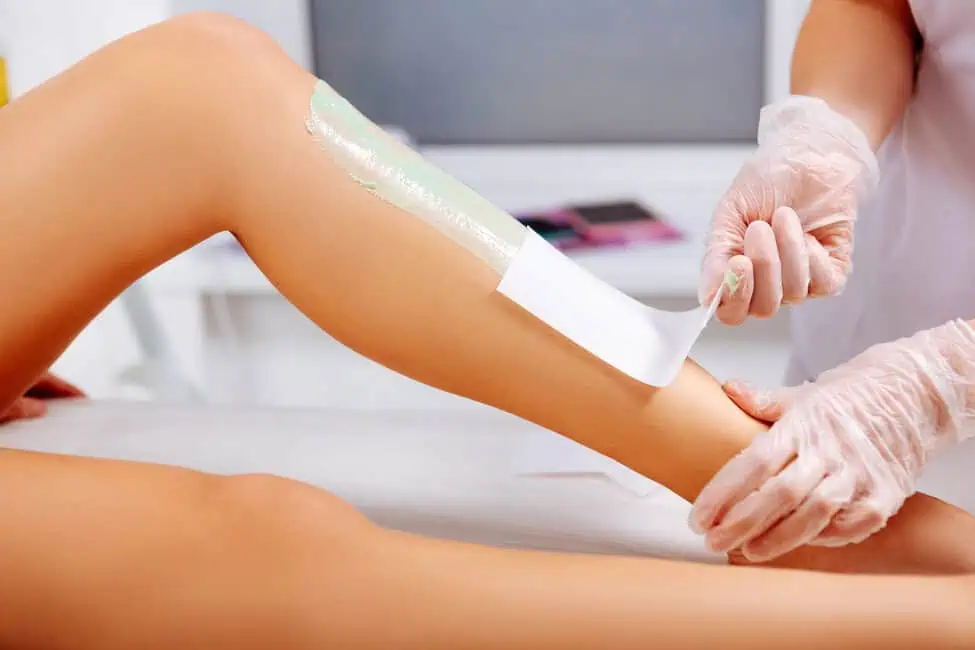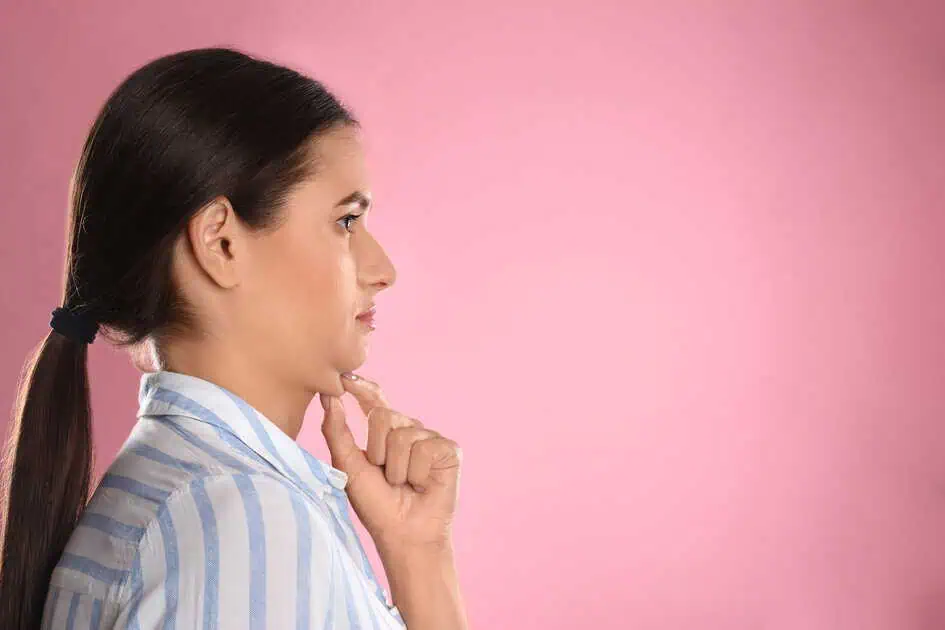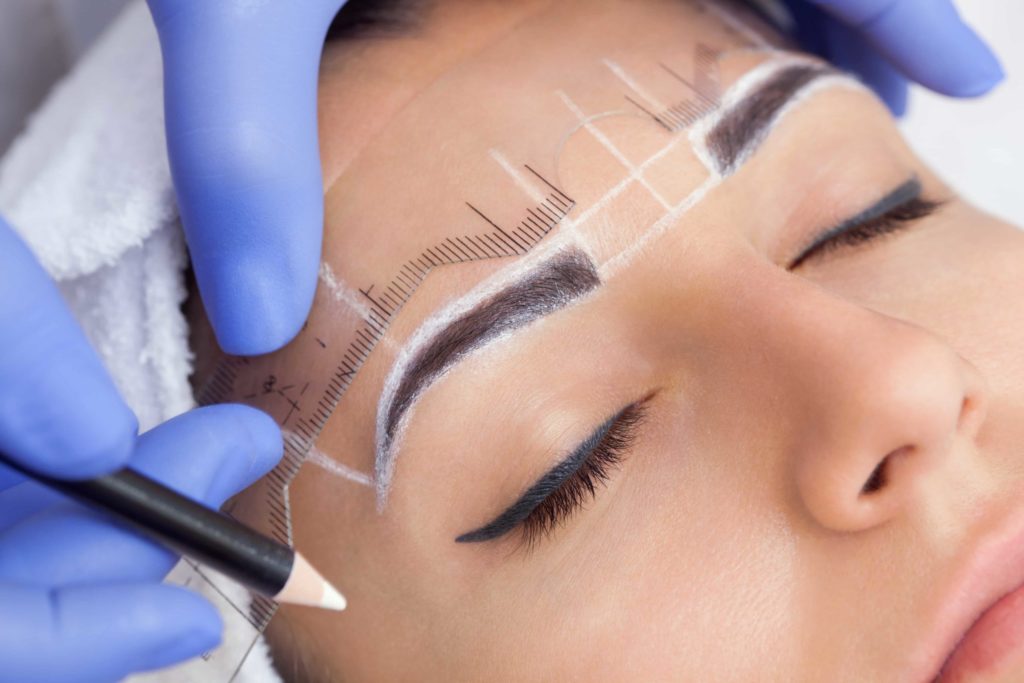
A lot of people are conscious of how their eyebrows look. Many people resort to makeup for a more defined brow appearance. However, there is a more permanent solution to this! Brows that are microbladed will spare you the trouble of everyday makeup.
In the domain of fashion, microblading is constantly in demand. The spaces between your brows are filled in using cosmetic tattooing. Your brows are supposed to seem thicker and fuller as a result.
Microblading results may take time to manifest. You must go through the healing process and follow all the aftercare instructions to achieve the desired outcome. And here are everything you need to know about the microblading healing process.
If you are not familiar with this procedure, let us introduce you to it first.
What is Microblading?
Microblading is a permanent makeup applied with a portable instrument made of tiny needles shaped like blades. It is also known as featherstroke brows, eyebrow embroidery, and 3D or 6D brows.
A device does NOT carry out Microblading. This technique uses a hand tool to produce precise, hair-like strokes that resemble natural brow hair. The deeper layers of the epidermis are where the pigment is inserted. Microblading is an excellent way to give the appearance of additional hair and fullness to your brows.
A semi-permanent option for maintaining your eyebrows with cosmetics like brow gel is microblading. You might also want to consider this cosmetic procedure if you experience madarosis, which is the loss of eyebrow or eyelash hair.
There are a variety of causes for this, including:
- overplucking
- Alopecia areata-a condition that results in hair loss when the immune system targets the hair follicles.
- Vitiligo-an autoimmune condition that results in skin areas losing color or pigment.
- chemotherapy
- hypothyroidism
- hyperthyroidism
- psoriasis
- skin infections
- injury or trauma
Because microblading usually involves microscopic skin incisions, it’s essential to understand how the healing process occurs.
What does Microblading healing process look like?
The results of microblading do not appear right away. Your eyebrows need to recover from the microblading procedure to get the desired result. Your provider at Ella Esthetics will explain what will happen to your skin while it heals and offers guidance on taking care of your new microblade.
In microblading, there are typically seven stages of healing:
Day 1
Every hour, you should clean the area with fresh tissue. It will stop excessive lymph buildup, which leads to extensive scabbing, and lessens pigment retention. On the first day, wash your face at least three times with warm water and antibacterial soap; suitable options include Cetaphil, Micellar Water, or Neutrogena.
Avoid using cleansers that include fragrances, colors, or active substances such as acids, exfoliants, retinol, or other chemicals. Wash them separately from your face to prevent makeup accumulation on your brows during the first week of care. Apply healing ointment using a clean q tip or clean hands, and pat dry after washing for about 10 seconds with very little pressure.
Days 2-3
At this time, your brows may look particularly curved and full. But remember not to worry about it too much since it will pass.
You’ll eventually experience the following:
- redness
- tenderness
- mild bruising
- little bleeding
- a feeling of being sliced or wounded
However, by day 2 or 3, the aforementioned adverse effects ought to start to subside.
Days 3-8
From days three to five, your brows will darken and thicken. For the following five days, they won’t change, but after that, they’ll start to scab. The microbladed area may experience peeling and itching as a negative effect. There is no need for an alarm when this occurs because it is pretty standard. It only indicates that your skin is adjusting to the healing process and the procedure.
Expect increased peeling, scabbing, and flaking in your brows. There is nothing you need to do at this time. Let the scabbing fall off naturally. If you pick at the scabs, you risk reopening the wounds and interfering with your skin’s normal healing process. To prevent uneven eyebrows, additional pigments could also be eliminated. To avoid this unpleasant situation, let your skin breathe freely.
It would help if you didn’t try to eliminate any scabbing. Allow any possible peeling to disappear spontaneously over time. Please refrain from drenching your brows in water. For instance, stay away from swimming pools, direct shower spray, and any other situations where water will get on your brows.
Days 8-12
It will eventually disappear, flaking after the first week. The color will restore as well.
Days 12-21
Between days 12 and 21 after treatment, this stage occurs. Your brows’ color and texture need to be more uniform yet appear natural. Additionally, each hair stroke could seem more noticeable. It will make it appear as though you have feathery brows.
Days 21-30
The skin would be completely healed within a month. Right now, it would be best if you weren’t experiencing any discomfort or discomfort. Your brows should also be thick and supple. The final product will indeed appear worthy after the mending procedure is complete.
You could schedule a follow-up session with your provider in a month or two. It enables us to check the healed skin and treat any areas as necessary.
4-8 Weeks
After the last touch-up appointment, the healing process will have finished. Some brows mend more quickly than others. Your age, skin type, general health, daily activities, and way of life all factor into this. Your brows will achieve their most authentic form and color following a touch-up.
While you are in the healing process of microblading, the following should be avoided as well:
- For at least a week, refrain from sweating a lot.
- For 14 days, avoid applying makeup or other skincare products on your brows.
- For 14 days, stay out of the sauna, steam room, tanning bed, and sun.
- DO NOT scratch or pick at your eyebrows if they are itching while healing. To get rid of the itch, you might lightly tap.
- Avoid chemical peels, microdermabrasion, and other peeling agents during the healing process.
Get your self-esteem back with Microblading! You will adore your new brows if you adhere to these healing processes after your microblading procedure. Contact us today to learn more about it!
